Home>Furniture & Design>Bathroom Accessories>How Long Does An Oral-B Toothbrush Last
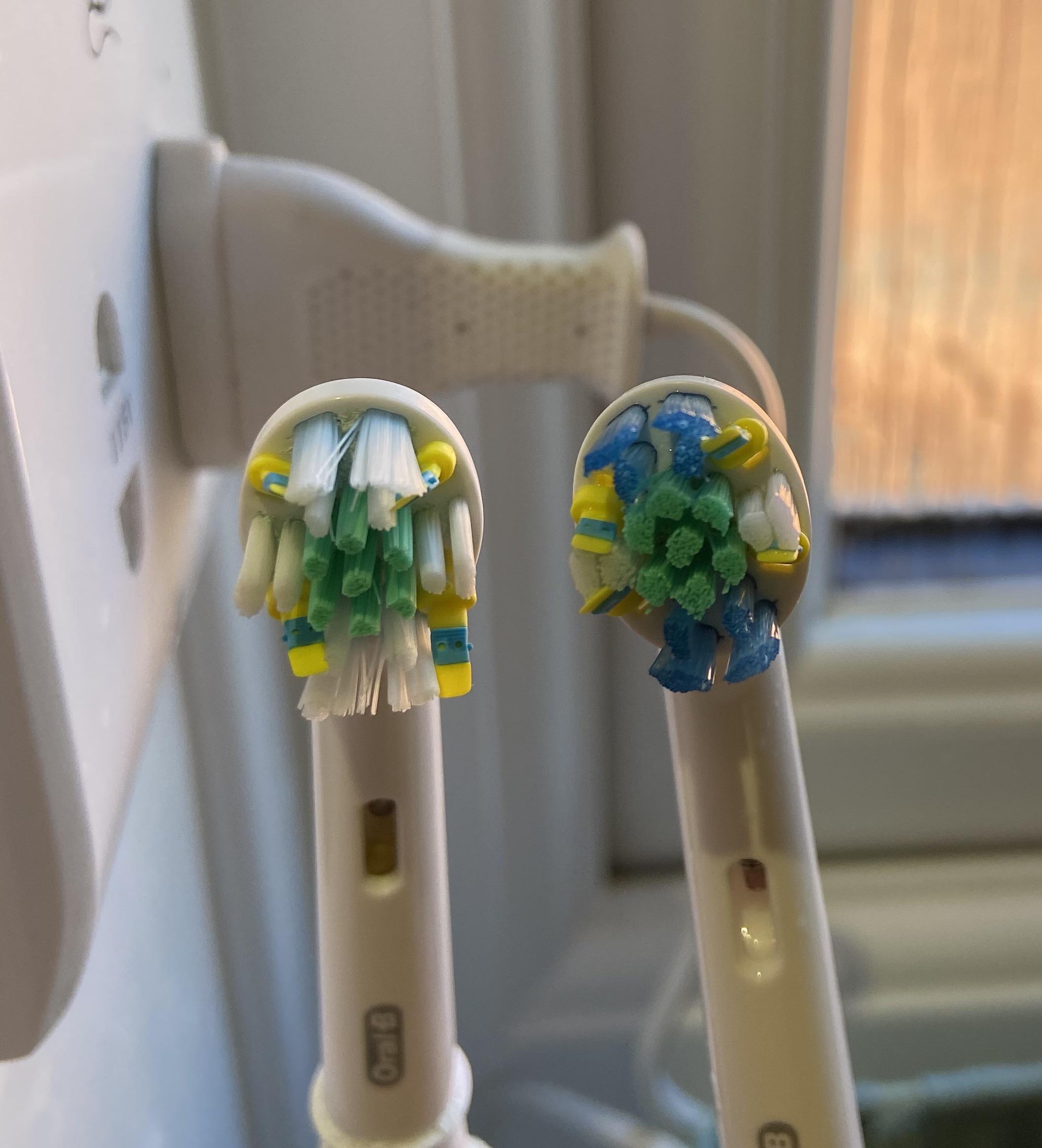

Bathroom Accessories
How Long Does An Oral-B Toothbrush Last
Modified: April 22, 2024
Discover the lifespan of Oral-B toothbrushes and ensure your bathroom accessories stand the test of time. Learn how to maximize the longevity of your toothbrush.
(Many of the links in this article redirect to a specific reviewed product. Your purchase of these products through affiliate links helps to generate commission for Storables.com, at no extra cost. Learn more)
Introduction
When it comes to maintaining good oral hygiene, using an effective toothbrush is paramount. Among the myriad options available in the market, Oral-B toothbrushes have gained widespread popularity for their advanced features and superior cleaning capabilities. However, like all tools, these toothbrushes have a limited lifespan and require periodic replacement to ensure optimal oral care.
Understanding the longevity of an Oral-B toothbrush is essential for maintaining oral health and maximizing the value of your dental investment. In this comprehensive guide, we will delve into the factors that influence the lifespan of an Oral-B toothbrush, identify key indicators signaling the need for a replacement, and provide valuable tips for prolonging its effectiveness. By the end of this article, you will be equipped with the knowledge to make informed decisions about the maintenance and replacement of your Oral-B toothbrush, ultimately contributing to a healthier and brighter smile.
Let's embark on a journey to explore the intricacies of Oral-B toothbrushes and unravel the secrets to extending their lifespan. Whether you are a seasoned Oral-B user or contemplating the switch to this renowned brand, this guide will serve as a valuable resource to enhance your oral care routine. So, fasten your seatbelts as we embark on an enlightening exploration of the lifespan of Oral-B toothbrushes.
Key Takeaways:
- Keep your smile bright: Replace your Oral-B toothbrush if bristles are worn, cleaning performance declines, or odor persists. Follow recommended replacement intervals for optimal oral health.
- Prolong toothbrush lifespan: Store in a dry place, clean regularly, and replace brush heads every 3 months. Gentle brushing and routine inspection help maintain effectiveness.
Factors Affecting the Lifespan of an Oral-B Toothbrush
The lifespan of an Oral-B toothbrush is influenced by various factors, each playing a pivotal role in determining how long the toothbrush remains effective in maintaining oral hygiene. Understanding these factors is crucial for making informed decisions about the care and replacement of your Oral-B toothbrush. Let's delve into the key elements that impact the longevity of these essential dental tools.
1. Brushing Frequency and Technique
The frequency and technique of brushing directly impact the wear and tear experienced by an Oral-B toothbrush. Individuals who brush their teeth vigorously or more frequently may notice a quicker deterioration of the bristles and overall functionality of the toothbrush. It's important to strike a balance by following the recommended brushing technique and frequency to prolong the lifespan of the toothbrush.
2. Quality of Materials
The quality of materials used in the manufacturing of Oral-B toothbrushes significantly influences their durability. High-quality bristles, ergonomic handles, and robust internal components contribute to a longer lifespan. Oral-B's commitment to using premium materials ensures that their toothbrushes maintain their effectiveness for an extended period, offering consistent performance and durability.
3. Environmental Factors
Environmental conditions, such as humidity and temperature, can impact the integrity of an Oral-B toothbrush. Storing the toothbrush in a damp environment or exposing it to extreme temperatures can accelerate the degradation of its components. Proper storage in a dry and ventilated area can help preserve the toothbrush and extend its lifespan.
Read more: How Long Is An Oral-B Toothbrush
4. Maintenance and Care
The care and maintenance practices adopted by the user play a crucial role in determining the lifespan of an Oral-B toothbrush. Regular cleaning, proper drying after use, and avoiding exposure to contaminants can significantly prolong the toothbrush's effectiveness. Additionally, replacing the brush head at recommended intervals is essential for ensuring optimal cleaning performance.
5. Individual Oral Health Needs
Individual oral health needs vary, and certain conditions may necessitate more frequent replacement of an Oral-B toothbrush. For instance, individuals with orthodontic appliances or specific dental conditions may experience accelerated wear of the toothbrush due to the unique challenges posed by their oral health needs.
By considering these factors, individuals can gain a deeper understanding of the dynamics influencing the lifespan of their Oral-B toothbrushes. This knowledge empowers users to make informed choices regarding the care, maintenance, and replacement of their toothbrushes, ultimately contributing to improved oral health and hygiene.
Signs That Indicate It's Time to Replace Your Oral-B Toothbrush
Recognizing the signs that indicate the need for a replacement is crucial for maintaining optimal oral hygiene and ensuring the effectiveness of your oral care routine. Here are the key indicators that signal it's time to bid farewell to your trusted Oral-B toothbrush:
-
Worn-Out Bristles: The condition of the bristles serves as a primary indicator of the toothbrush's effectiveness. Over time, the bristles of an Oral-B toothbrush undergo wear and tear, resulting in fraying or splaying. If you notice that the bristles have lost their original shape and resilience, it's a clear sign that the toothbrush is no longer providing the desired level of cleaning.
-
Frayed or Discolored Bristles: Discoloration or fraying of the bristles is a telltale sign that the toothbrush has served its purpose and needs to be replaced. Discolored bristles may indicate the presence of bacteria and debris, compromising the toothbrush's hygiene and cleaning efficacy.
-
Reduced Cleaning Performance: As an Oral-B toothbrush nears the end of its lifespan, you may notice a decline in its cleaning performance. The bristles may become less effective in removing plaque and debris from the teeth and gums, leading to suboptimal oral hygiene outcomes.
-
Worn or Damaged Handle: The handle of an Oral-B toothbrush is designed to provide a comfortable and secure grip during brushing. However, prolonged use can lead to wear and tear of the handle, compromising its ergonomic features. If you observe signs of wear or damage on the handle, it's a clear indication that the toothbrush is due for replacement.
-
Persistent Odor or Residue: Over time, oral bacteria and food particles can accumulate on the toothbrush, leading to persistent odor or residue buildup. Despite regular cleaning, if the toothbrush continues to emit an unpleasant odor or shows signs of residue accumulation, it's time to consider replacing it to maintain optimal oral hygiene.
-
Recommended Replacement Interval: Oral-B recommends replacing the brush head of their electric toothbrushes every three months for optimal cleaning performance. Adhering to this guideline ensures that the toothbrush continues to deliver effective plaque removal and gum care, promoting overall oral health.
By remaining vigilant for these signs and proactively replacing your Oral-B toothbrush when necessary, you can uphold a high standard of oral hygiene and ensure that your oral care routine remains effective and beneficial. Recognizing these indicators empowers individuals to make informed decisions about the replacement of their toothbrush, ultimately contributing to improved oral health outcomes.
Tips for Extending the Lifespan of Your Oral-B Toothbrush
Maintaining the longevity of your Oral-B toothbrush is essential for optimizing its performance and ensuring effective oral hygiene. By implementing the following tips, you can prolong the lifespan of your toothbrush and derive maximum value from this indispensable dental tool.
-
Proper Storage: Storing your Oral-B toothbrush in a clean, dry environment is crucial for preserving its integrity. After each use, thoroughly rinse the bristles to remove any residual toothpaste or debris. Ensure that the toothbrush is stored in an upright position to allow proper air circulation and prevent moisture buildup, which can lead to bacterial growth and premature wear of the bristles.
-
Regular Cleaning: Periodically clean your Oral-B toothbrush to prevent the accumulation of bacteria and debris. You can achieve this by immersing the brush head in antibacterial mouthwash or hydrogen peroxide for a few minutes. Additionally, gently scrubbing the bristles with a toothbrush sanitizer or a mixture of baking soda and water can help eliminate stubborn residue and maintain the toothbrush's cleanliness.
-
Avoiding Cross-Contamination: To prevent cross-contamination and the transfer of germs, it's advisable to store individual toothbrushes separately. If multiple toothbrushes are stored in close proximity, ensure that the bristles do not come into contact with each other, as this can facilitate the spread of bacteria and compromise oral hygiene.
-
Gentle Brushing Technique: Adopting a gentle brushing technique not only safeguards your oral health but also contributes to the prolonged lifespan of your Oral-B toothbrush. Avoid applying excessive pressure while brushing, as this can accelerate bristle wear and strain the internal components of the toothbrush. Instead, use gentle, circular motions to effectively clean your teeth and gums without subjecting the toothbrush to undue stress.
-
Replacing Brush Heads Regularly: Oral-B recommends replacing the brush head of their electric toothbrushes every three months to maintain optimal cleaning performance. Adhering to this guideline ensures that the bristles remain effective in removing plaque and promoting gum health. By routinely replacing the brush head, you can uphold the toothbrush's functionality and contribute to sustained oral hygiene benefits.
-
Routine Inspection: Periodically inspect your Oral-B toothbrush for signs of wear, damage, or bristle deterioration. If you notice any irregularities such as frayed bristles, worn handle grips, or compromised cleaning performance, consider replacing the toothbrush promptly to prevent potential oral health issues and ensure consistent cleaning efficacy.
By integrating these tips into your oral care routine, you can effectively extend the lifespan of your Oral-B toothbrush, promote optimal oral hygiene, and maximize the value of your dental investment. Embracing proactive maintenance practices and adhering to recommended replacement intervals empowers you to derive enduring benefits from your Oral-B toothbrush, ultimately contributing to a healthier and brighter smile.
Read more: Oral-B Toothbrush: How To Use
Conclusion
In conclusion, the lifespan of an Oral-B toothbrush is influenced by a myriad of factors, including brushing frequency and technique, the quality of materials, environmental conditions, maintenance practices, and individual oral health needs. By understanding these factors, individuals can make informed decisions regarding the care, replacement, and maintenance of their toothbrushes, ultimately contributing to improved oral health and hygiene.
Recognizing the signs that indicate the need for a replacement is crucial for maintaining optimal oral hygiene and ensuring the effectiveness of your oral care routine. Worn-out bristles, reduced cleaning performance, and persistent odor or residue are clear indicators that it's time to bid farewell to your trusted Oral-B toothbrush. Adhering to these guidelines ensures that the toothbrush continues to deliver effective plaque removal and gum care, promoting overall oral health.
Moreover, by implementing proper storage, regular cleaning, and gentle brushing techniques, individuals can prolong the lifespan of their Oral-B toothbrushes and derive maximum value from these indispensable dental tools. Additionally, adhering to recommended replacement intervals and routinely inspecting the toothbrush for signs of wear or damage are essential practices for maintaining its effectiveness and promoting sustained oral hygiene benefits.
In essence, the lifespan of an Oral-B toothbrush is not solely determined by time but is intricately linked to the care, maintenance, and individual usage patterns. By embracing proactive maintenance practices and remaining vigilant for signs of wear and deterioration, individuals can extend the lifespan of their Oral-B toothbrushes, ultimately contributing to a healthier and brighter smile.
In conclusion, the journey to unravel the secrets of extending the lifespan of Oral-B toothbrushes has equipped us with valuable insights and practical strategies to optimize our oral care routine. By leveraging this knowledge, individuals can embark on a path towards sustained oral health and hygiene, ensuring that their smiles remain radiant and their oral well-being is safeguarded for years to come.
Frequently Asked Questions about How Long Does An Oral-B Toothbrush Last
Was this page helpful?
At Storables.com, we guarantee accurate and reliable information. Our content, validated by Expert Board Contributors, is crafted following stringent Editorial Policies. We're committed to providing you with well-researched, expert-backed insights for all your informational needs.
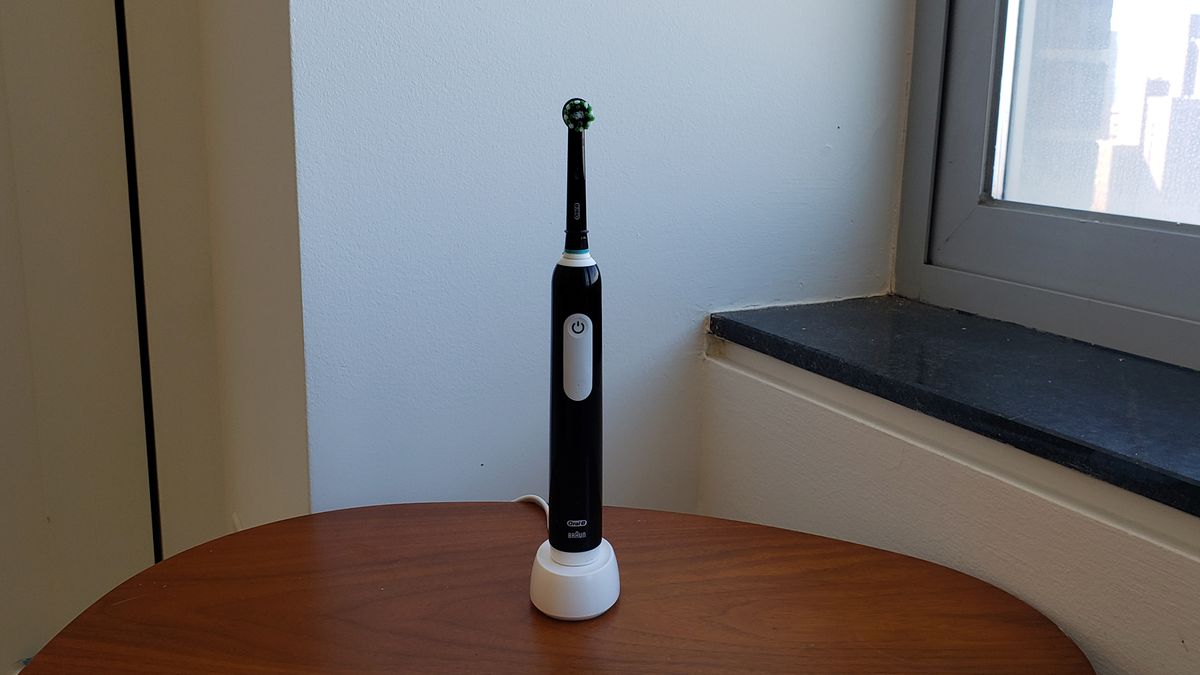
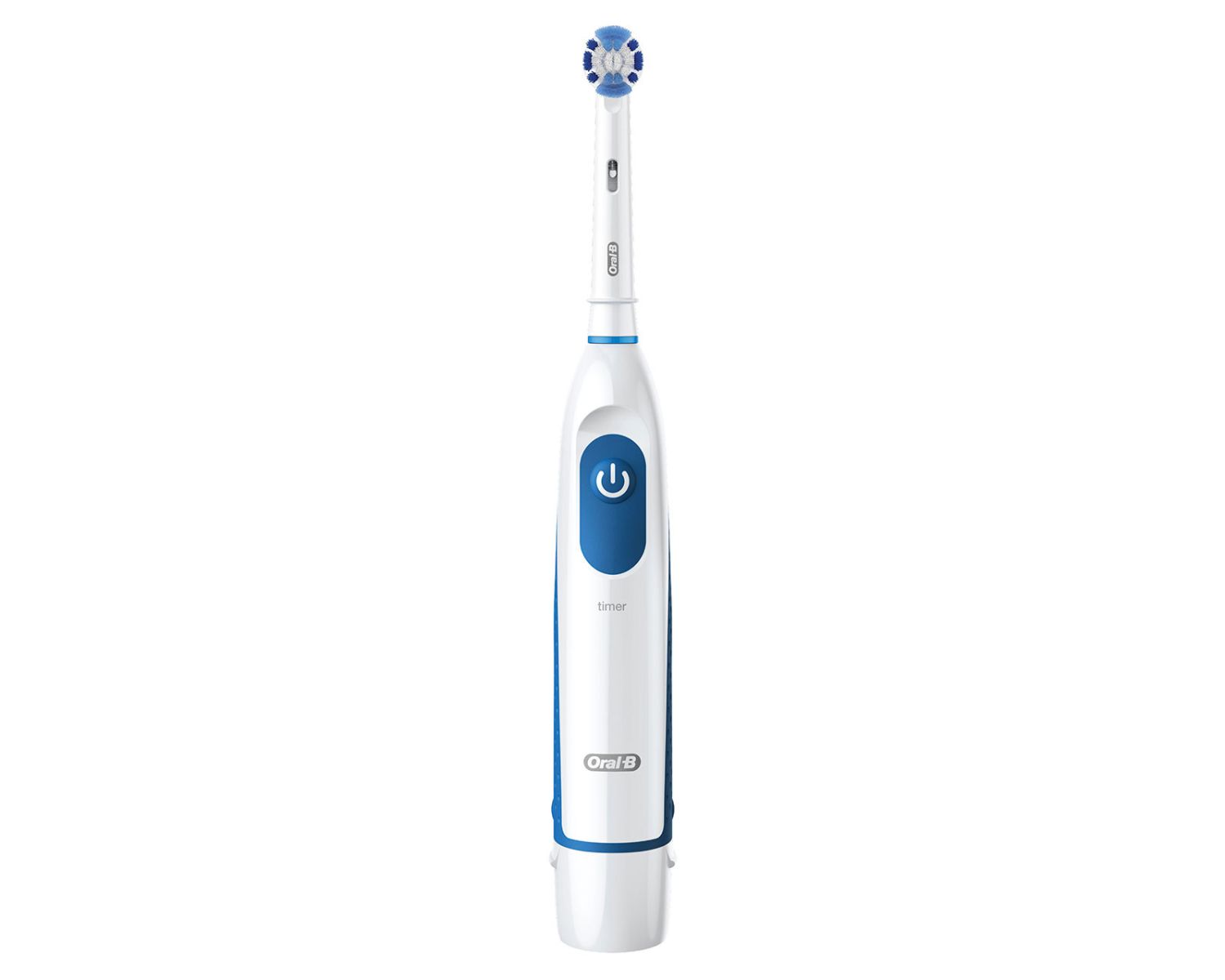
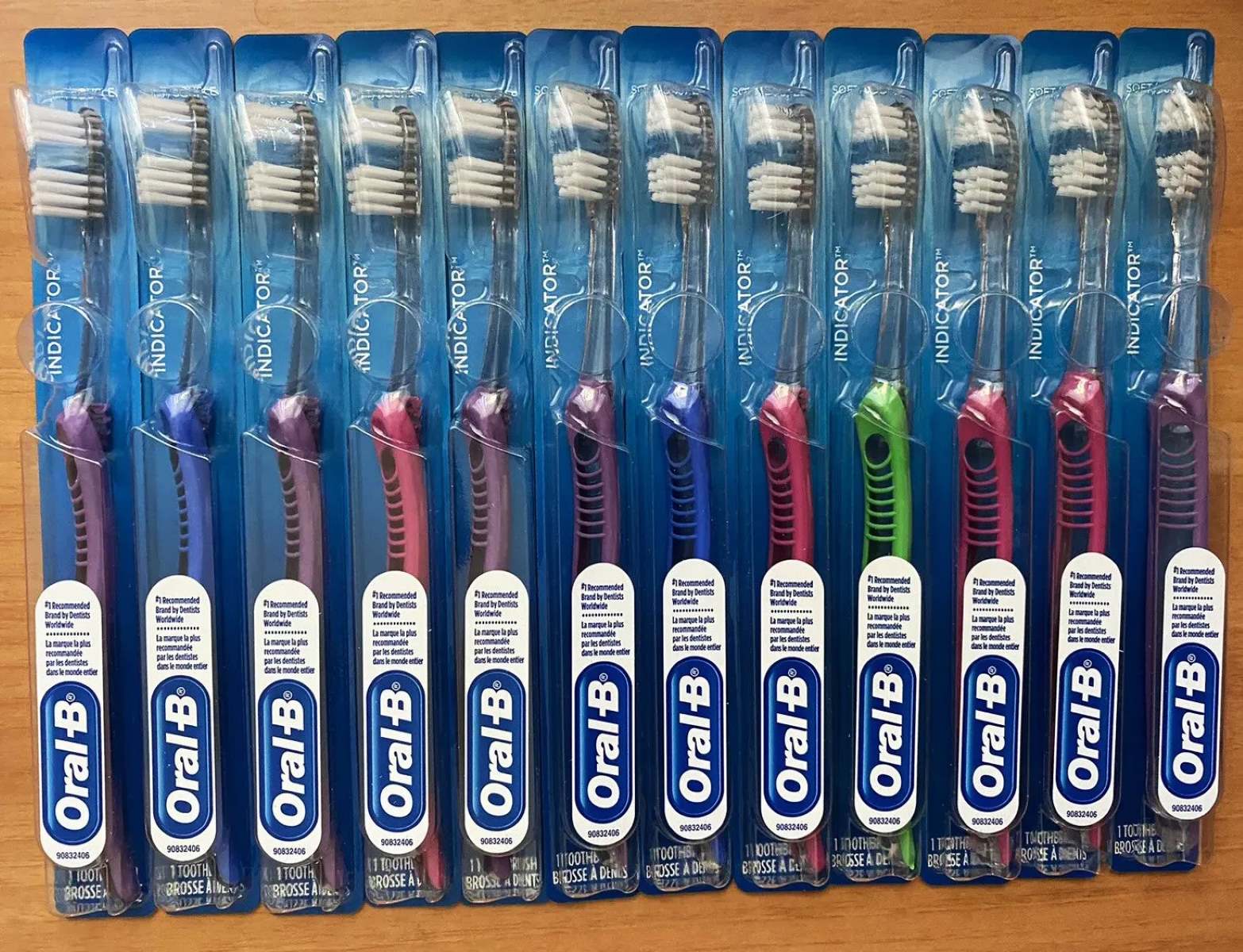
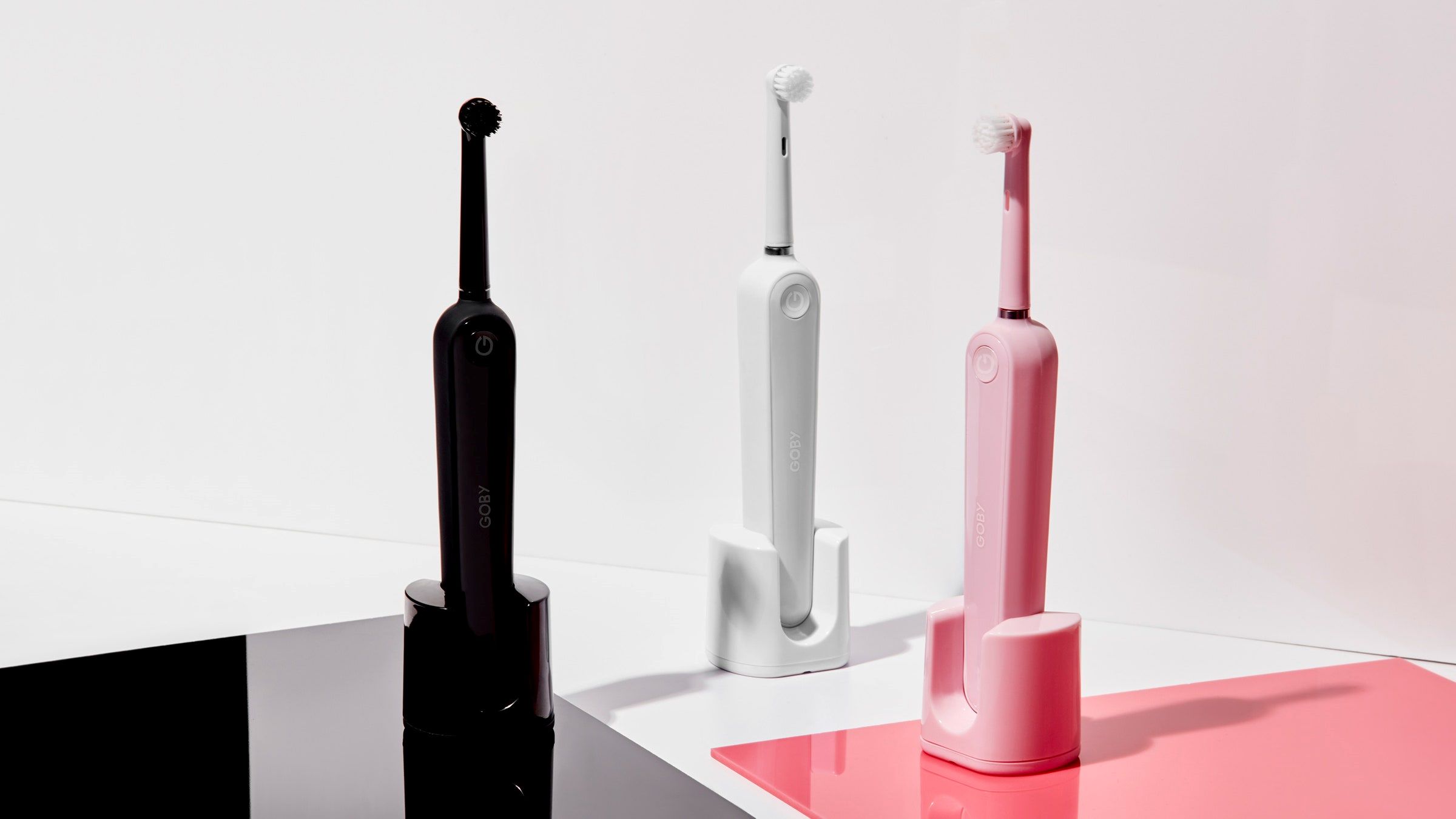
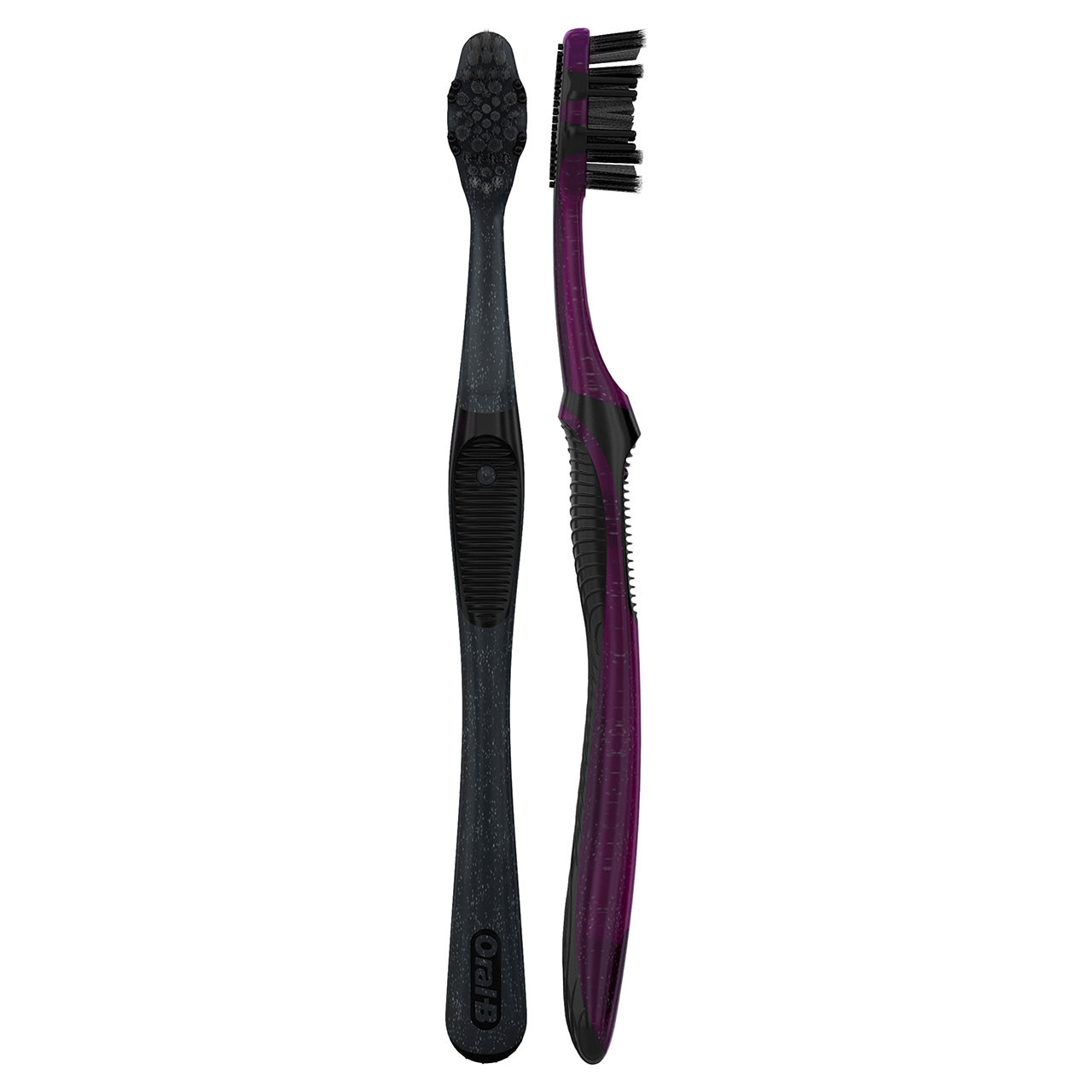
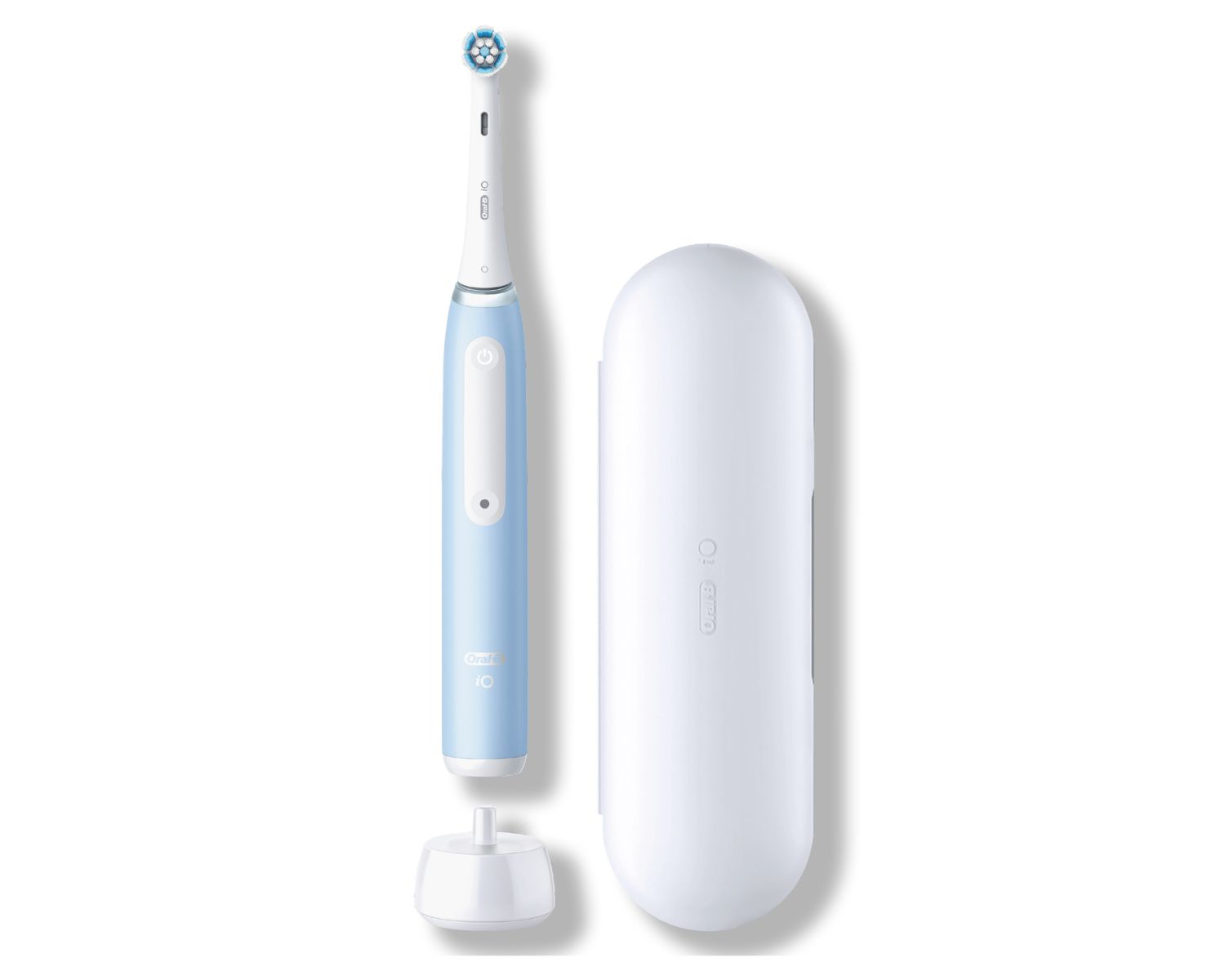
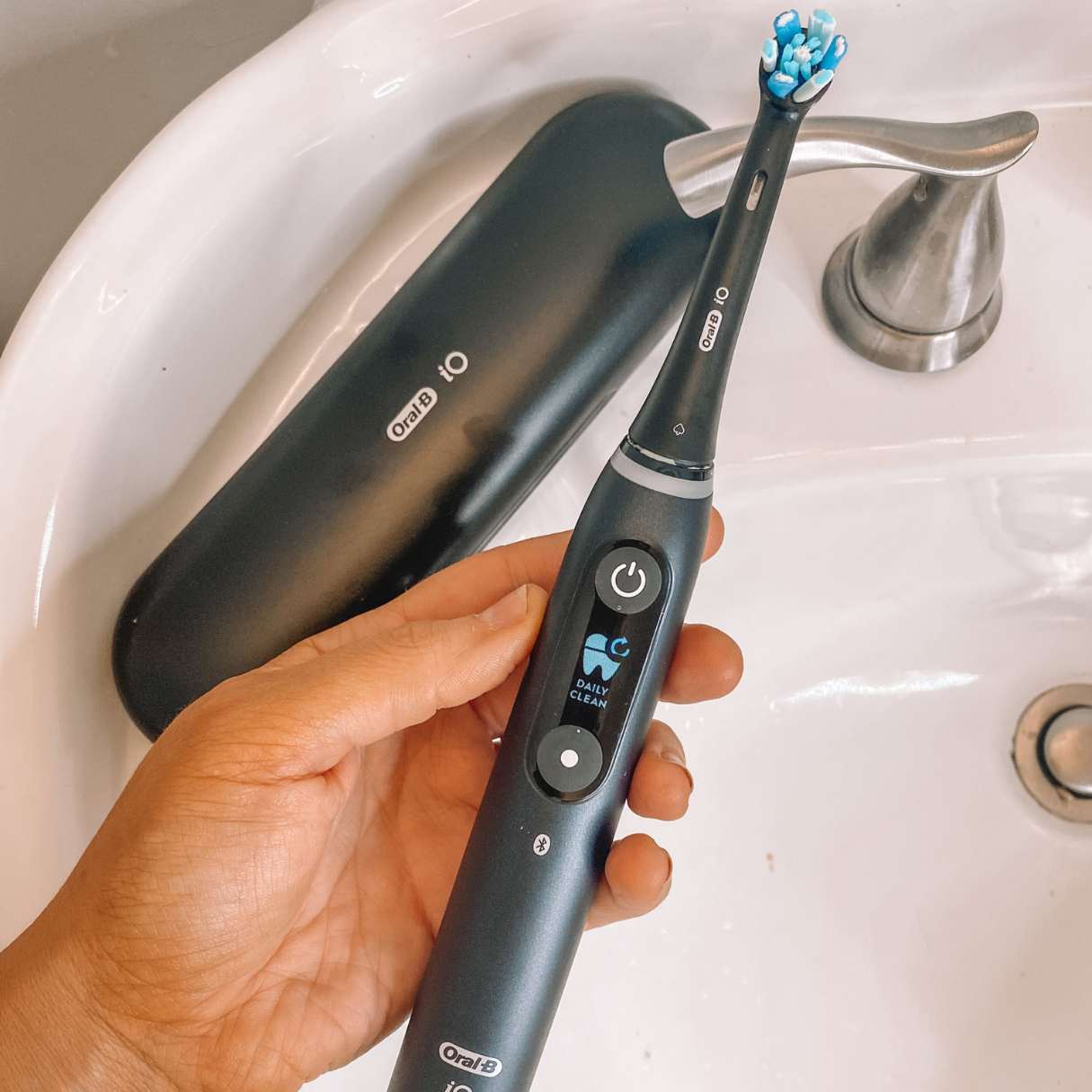
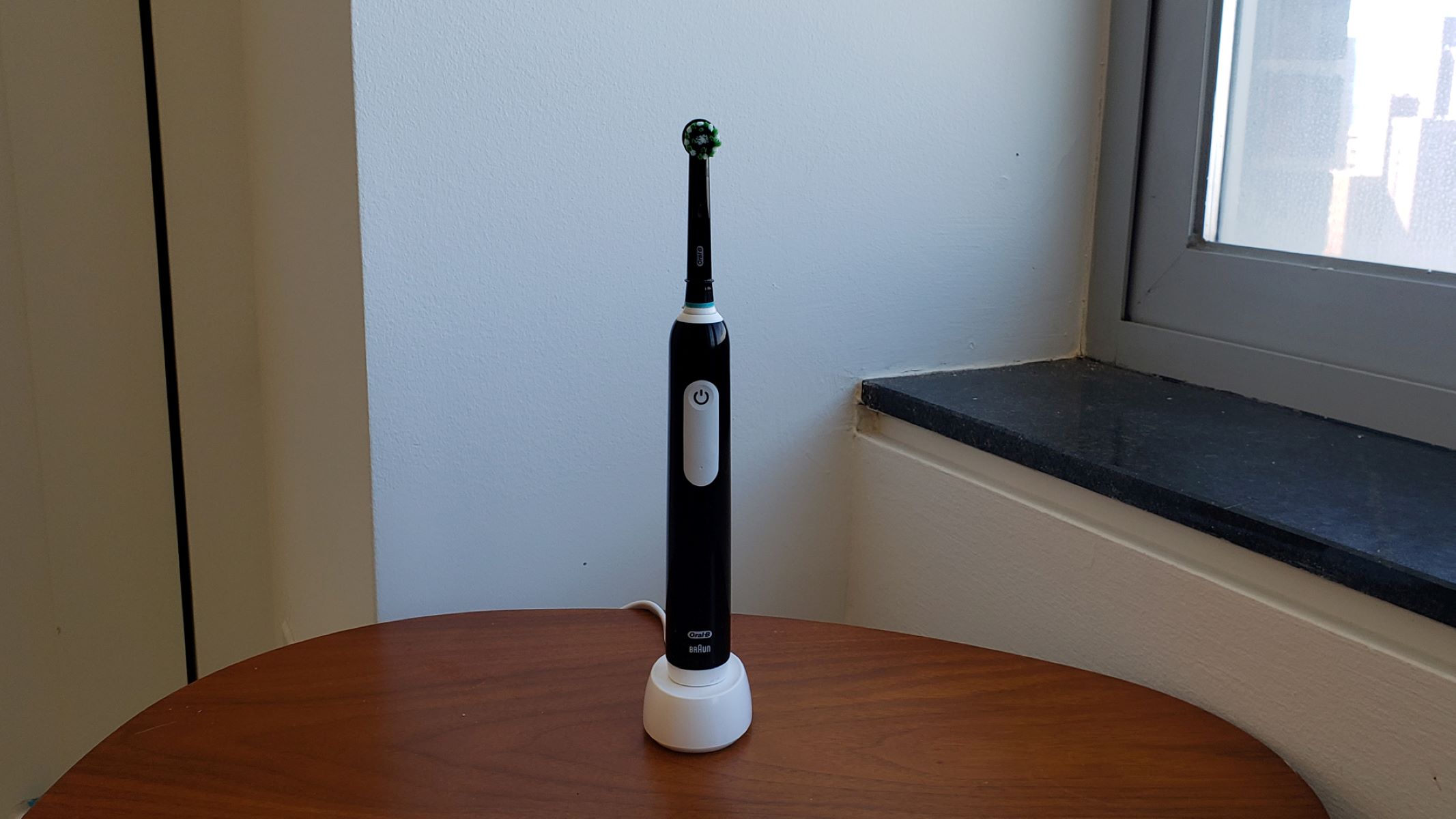

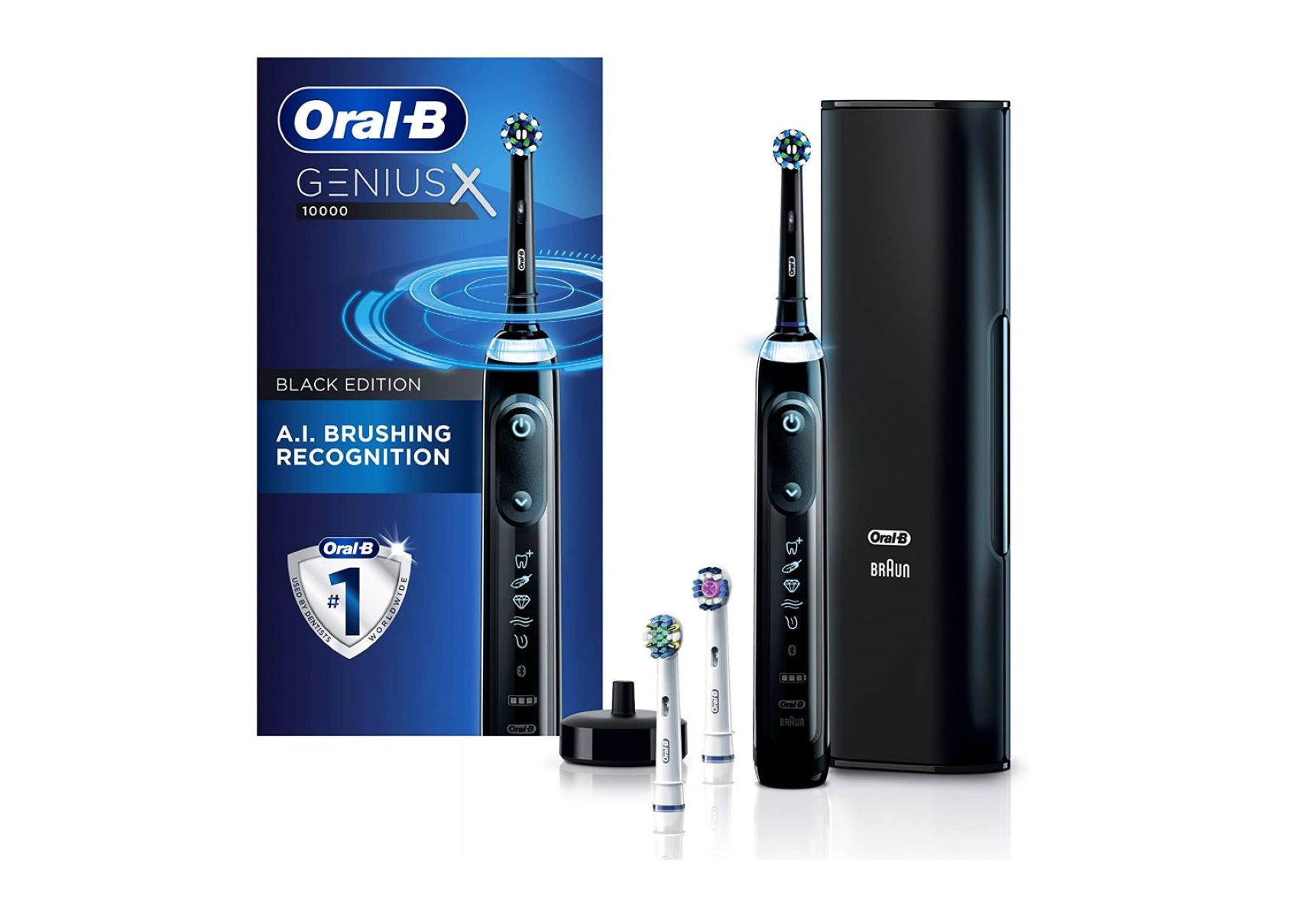
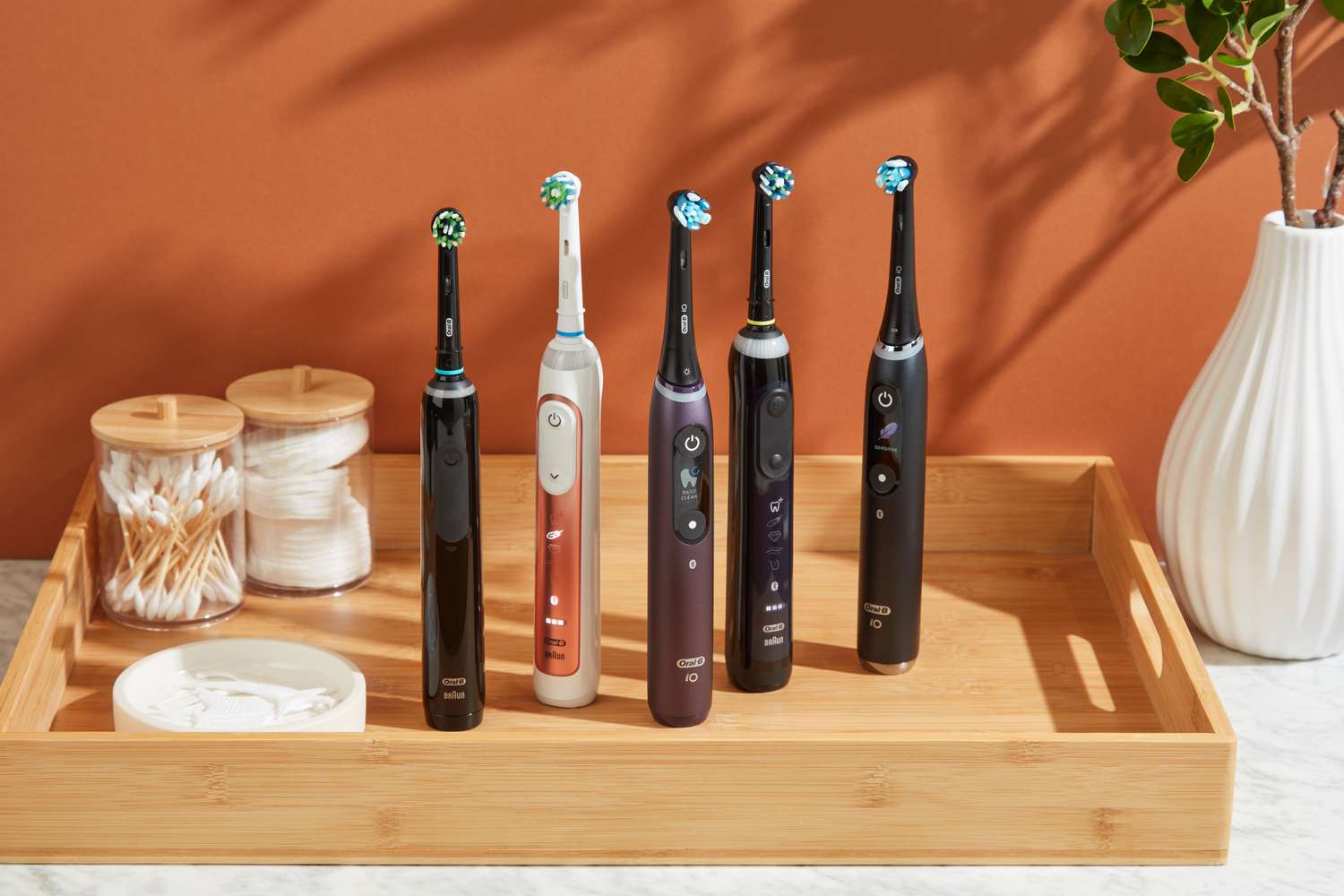
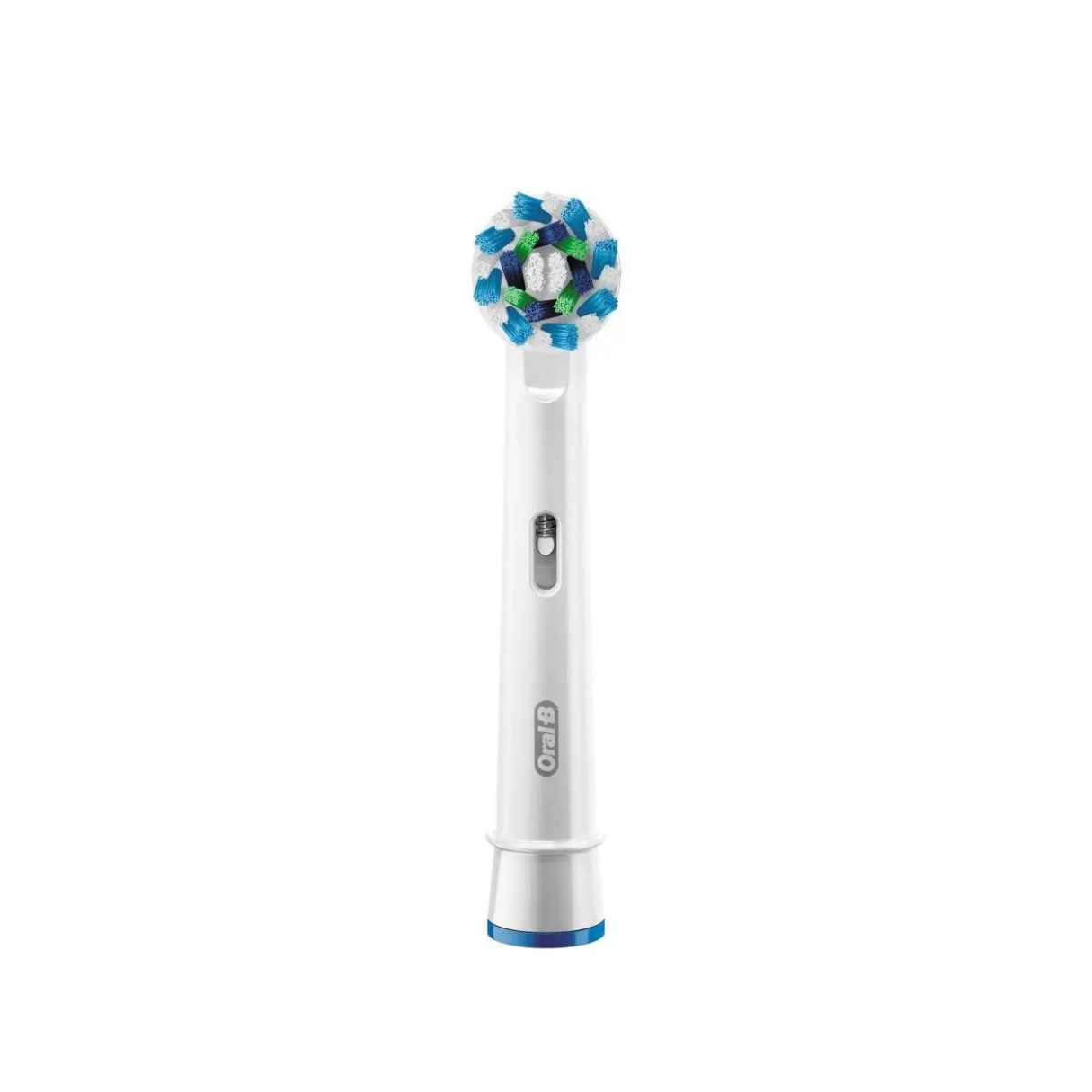
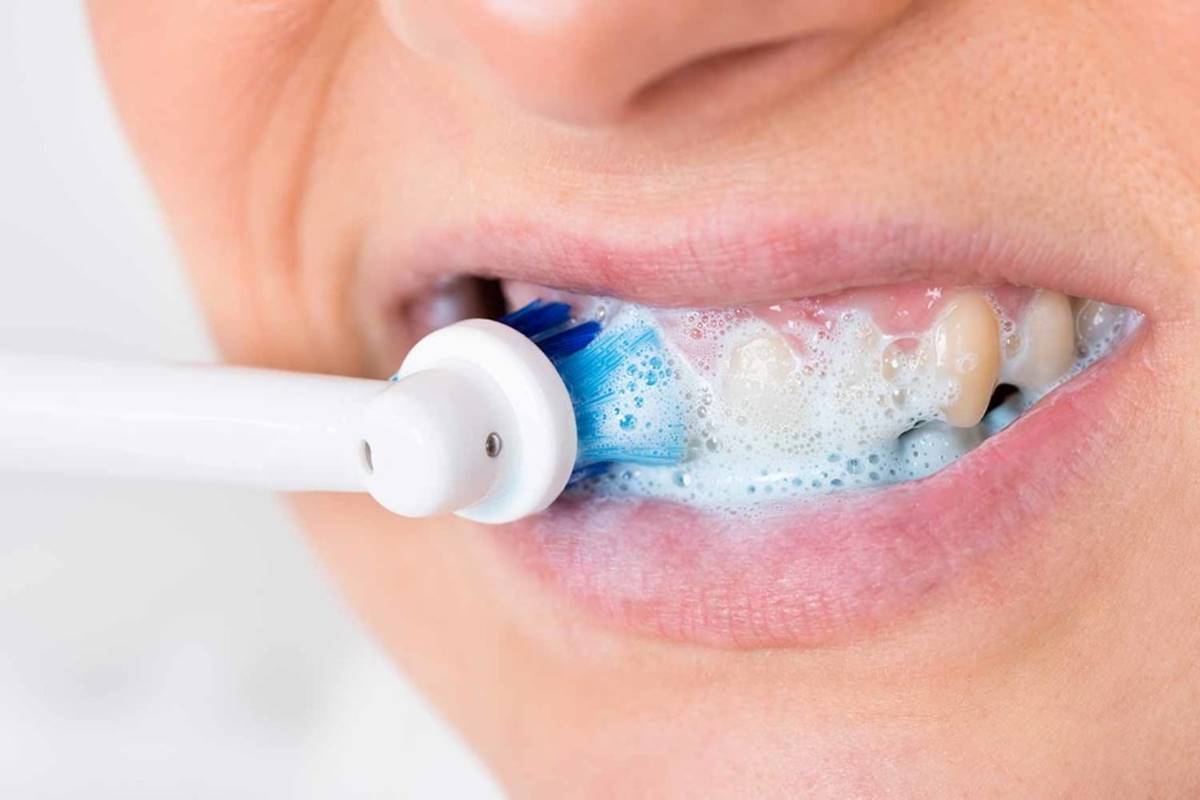

0 thoughts on “How Long Does An Oral-B Toothbrush Last”